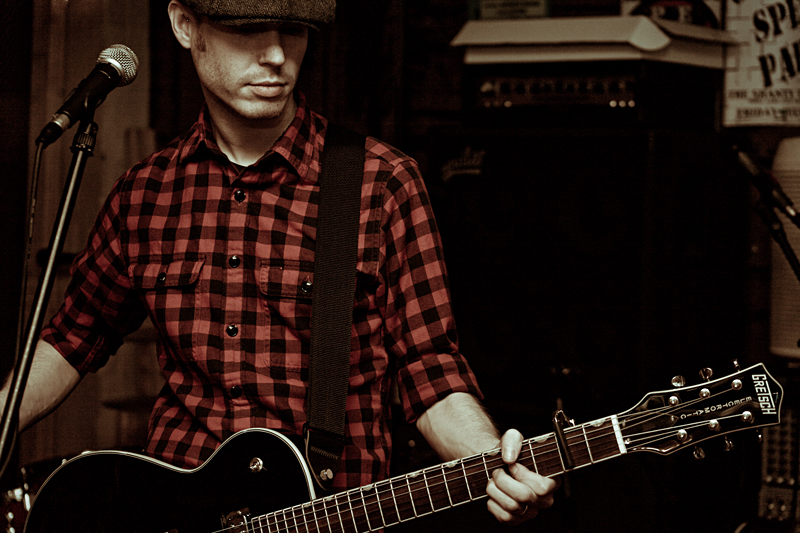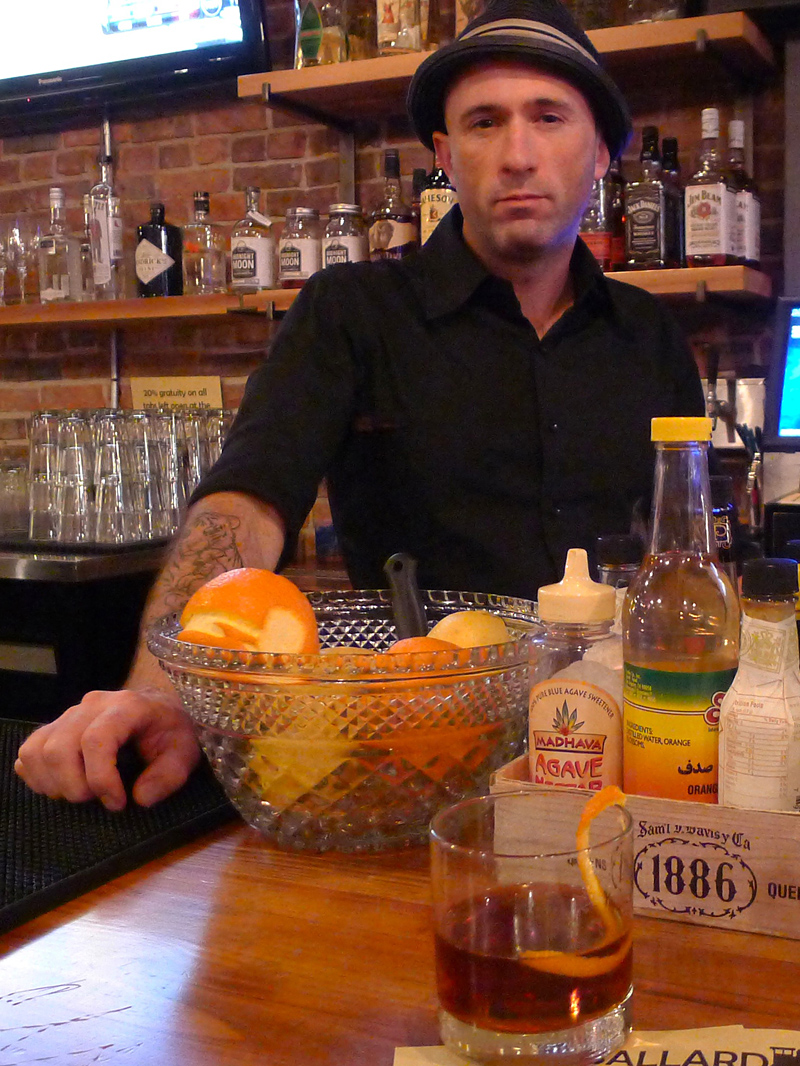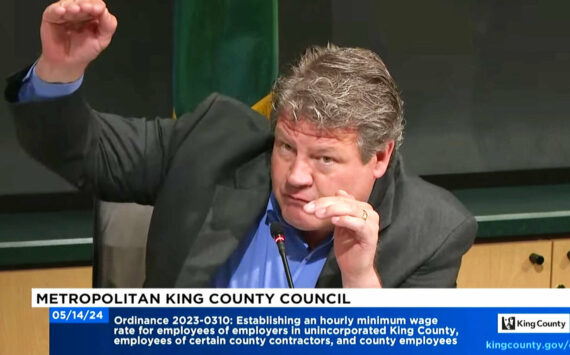Seattle Police Chief John Diaz engaged the public last night at the East Precinct Crime Prevention Coalition’s monthly meeting, answering questions about the shooting of John T. Williams by Ian Birk; the inflammatory editorial by officer Steve Pomper published in the police-guild newspaper; last year’s Drug Market Initiative; and one tongue-in-cheek query from a police-accountability activist.The discussion, held in a classroom at Seattle University, was incredibly civil in light of the recent high-profile incidents of excessive force by Seattle Police and the ensuing public outcry. But the community’s indignation did show through at times, particularly toward the end of the meeting, when a 30-something woman sitting in the back row asked the chief a question about legal knife blades and how she should properly carry her wood chisels when she walks from her wood-carving class to her car.”I don’t know how to not get shot by a police officer,” she remarked, eliciting a few chuckles from the audience.By that point in the evening, Diaz had fielded a dozen or so questions about the Williams shooting, Pomper’s editorial, and the department’s relationship with minorities. He shrugged off the snark with a line about reconnecting with the community–one of his talking points of the night–and the meeting ended a few minutes later.Early on, however, Diaz seemed frank when talking about the Birk-Williams incident. He twice refused to discuss details about any punishment Birk might face from the Department, but did say, “When we make a mistake–something that’s clearly wrong–it erodes the community’s faith in our organization so quickly . . . sometimes we make huge mistakes. Those are the ones you have to hold me accountable for, for how it’s addressed.”photo by Keegan HamiltonSeattle Police Chief John Diaz, the Board of Directors of the East Precinct Crime Prevention Coalition, and an officer picking his nose.Diaz said of the Department of Justice’s investigation of SPD, “I want to look at the entire organization, I welcome a review of our entire organization,” adding that he wants the feds to speak to the local community groups that have been the Department’s most outspoken critics.Though he was evasive at times, Diaz, wearing a suit and tie instead of his police uniform, handled the tough questions smoothly, cracking a few well-timed jokes to diffuse the tension. When one man asked about the editorial in the police-guild newspaper and suggested that the comments constituted “insubordination,” Diaz quipped, “I appreciate you getting my blood pressure spiked.”The chief then delivered his familiar “I’m not the thought police” line, adding “On the issue of social justice, we firmly and wholly support [those programs] . . . this is something that’s critical to how we run our Department and this city.”Another woman, unsatisfied with the chief’s response, asked again about the editorial. Diaz was more candid the second time around. “It’s bad for this organization, it’s bad for the entire community,” he said. “It’s a stupid thing to do . . . It doesn’t do the union any good or the department any good. You can’t hide and just say, ‘Well, this is my union paper.’ It’s there for anyone to take a look at. It reflects badly . . . it’s another way it degrades trust in our department.”Not all the talk focused on negatives. Bob Hood, formerly of the Seattle City Attorney’s office, asked Diaz about the long-term effectiveness of the Drug Market Initiative program that Hood helped implement last year in East Precinct. “That was a perfect example of fighting crime by reducing fear,” Diaz said, noting that a similar operation is currently underway in Columbia City. “It also dealt with racial disparity of people of color involved in drug crime . . . we tried a different approach. I don’t have the [crime] stats, but it was a great success in a lot of ways.”After the meeting, Joanna Cullen, a resident who lives in the heart of the DMI zone, near 21st Avenue and East Union, discussed the positive changes in her neighborhood.”Before I was calling the police constantly to report drug deals and suspicious activity, four or five times a week,” she said. “Since the DMI, I’ve called maybe once or twice. I look out my window and it’s so peaceful.”
More Stories From This Author
King County approves $20.29 minimum wage for unincorporated areas
Councilmember Reagan Dunn and more than a dozen business owners argued tips and health care expenses should be a part of the new wage. The council passed the ordinance without the amendment.
By
Ray Miller-Still • May 14, 2024 4:20 pm
Governor announces rebate program for EV purchases
Washington is the first state to prioritize low-cost leases for electric vehicles.
By
Bailey Josie • April 30, 2024 3:12 pm
New state legislation fights catalytic converter theft
Governor Jay Inslee signed a bill on March 26 adding new regulations to the purchase and sale of catalytic converters…
By
Benjamin Leung • April 8, 2024 1:55 pm






